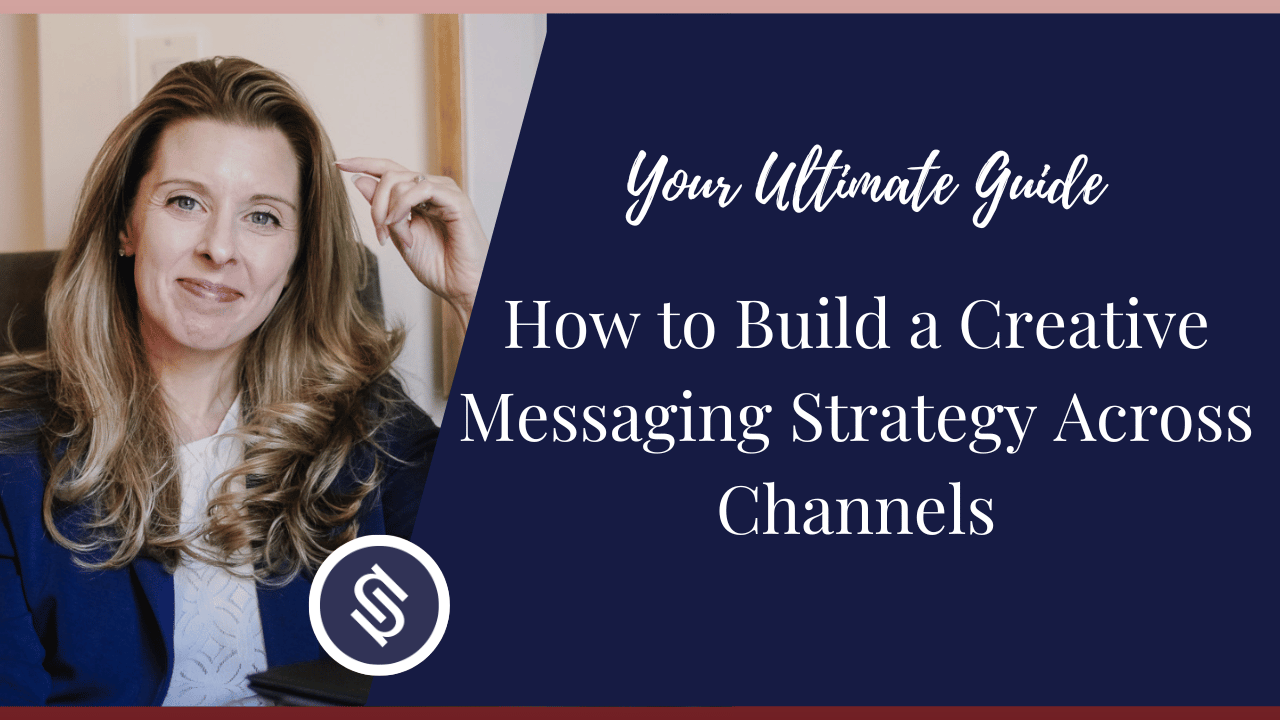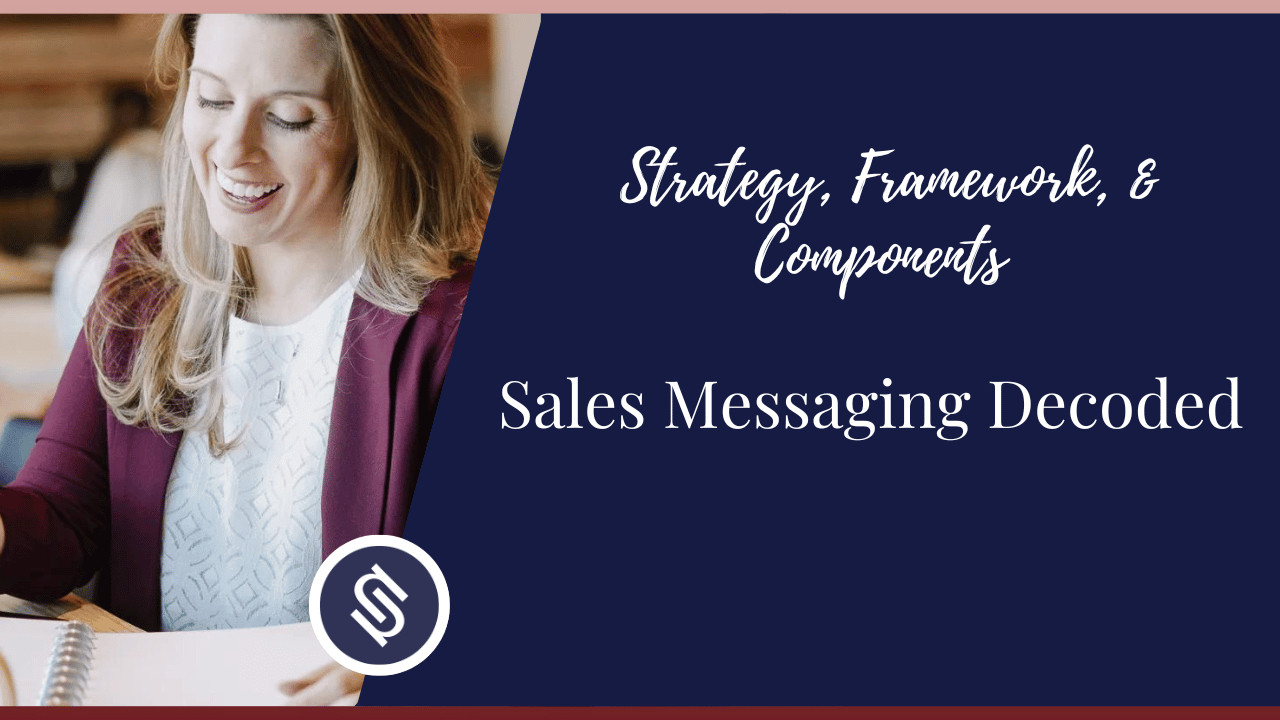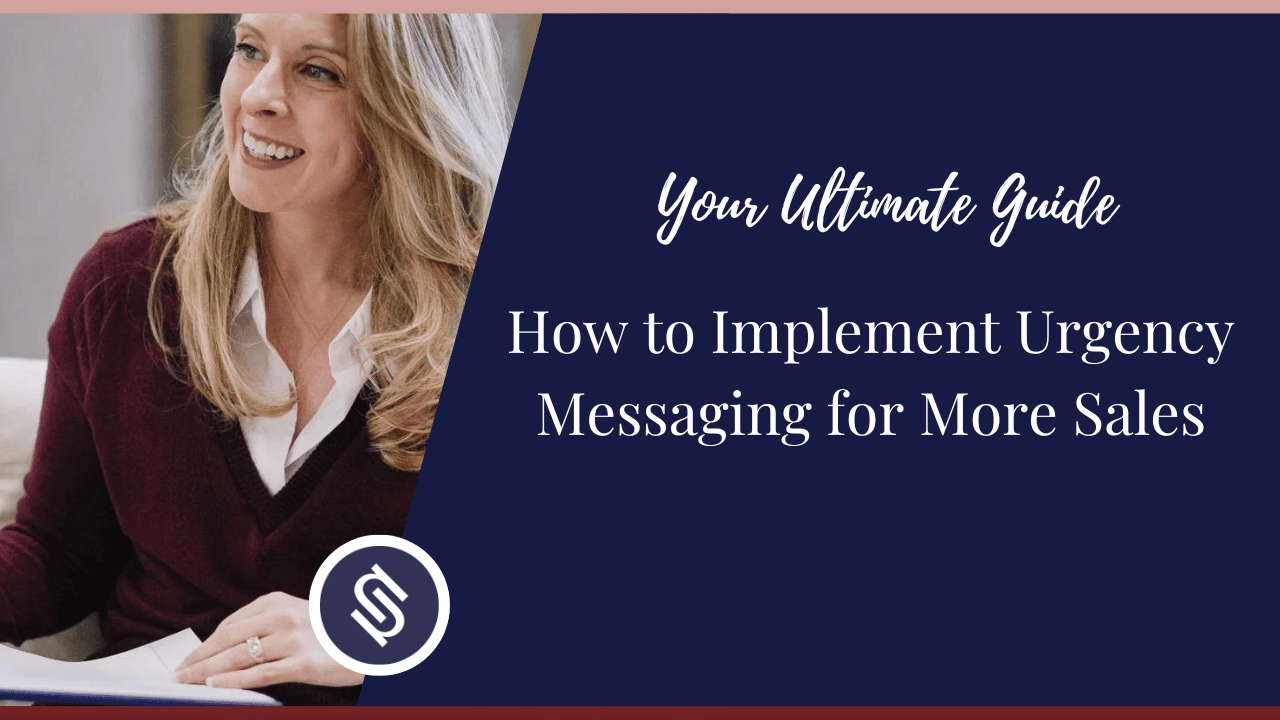Today’s marketplace is busier than ever.
In the U.S. alone, there are over 33 million small businesses. That’s not counting big brands like tech giants Microsoft and Apple.
Each one of these businesses is saying something. Imagine the noise!
So, to reach your audience, you need to slice through the hubbub and pique the interest of an audience that’s gotten so good at blocking the noise.
And I don’t mean being the loudest brand in the room.
I mean, it’s time to get creative with your messaging!
What is Creative Messaging?
Creative messaging is a marketing tactic that involves presenting your brand value in a way that’s unique to your target audience–their context, needs, ideologies, and expectations.
Gone are the days when you only had to put out an ad in a newspaper, and the customers came in hordes.
Nowadays, it takes strategy with a dash of pizzazz to get potential customers to notice.
That’s precisely what creative messaging does.
You don’t need to figure this all out on your own. Start a FiniSprint with me, Nora Sudduth, today to take your campaign from “To-Do” to “Done” with focused marketing implementation and one-on-one support.

Difference Between Creative Messaging and Positioning
These terms are sometimes used interchangeably, but they actually mean different things.
Here’s how positioning differs from creative messaging:
- Positioning: This is an internal strategy that establishes your market fit. It defines how you differ from your competition and why your brand exists.
It’s also meant to equip you to communicate your brand promise effectively, cohesively, and consistently.
- Messaging: It’s the articulation of your brand promise and positioning. It has an external focus, which means it’s designed to be consumed and appreciated by your target audience.
Before you can shape a compelling brand story (brand messaging), you have to start by defining your market position.
Why are Brands Moving Towards Creative Messaging?
Everybody wants a slice of the market, and every brand you can think of has a marketing ploy in place to get that done.
So, it’s not enough to simply put the word out that you exist. You need to do it in a way that makes your story stand out.
Creative messaging ensures that your strategy matches your target audience, meets their expectations (or outdoes them), and is in sync with their context.
As a result, your story comes to life, and people – the ones you want to see you – take notice.
There is no such thing as a one-size-fits-all brand messaging strategy. That’s why brands need creative messaging – to think outside of the box and shape attention-grabbing messaging.
Examples of Creative Messaging
These real-world examples are proof that creative messaging works:
Samsung Pokes Fun at the iPhone…Again
Knowing your audience pays off. It allows you to take risks that play in your favor.
Samsung has shown us that in its snarky advertising of the Z Flip, which is among a series of ads that target iPhone users.
In the ad, Samsung presents its gadget’s pros, which are noticeable in contrast to the iPhone, a la 90’s horror movie.
They even added a clever call to action by creating a narrative around the flip phone being stuck in your mind until you go and “join the flipside.”
It’s creative, it’s funny, and it’s effective–even if you’re an iPhone fan.
While we can’t tell what it did to their sales, we know their message clicked–gaining over 9 million views in just a day.
FedEx “Runs Ahead of DHL”
Samsung isn’t the only company that knows how to play the “I’m better” game. FedEx does, too.
Their “Always First” truck-side ad campaign that showed what looked like a DHL truck running behind FedEx is a clever way to translate your value proposition into visuals that stick.
It’s clear that FedEx knows who they’re up against. And they understand that one of the ways to remind their audience to make the switch is to present their brand as the faster, more efficient choice.
Even if you use DHL, you’ve got to admit it’s a pretty creative way to tell a brand story!
Share a Coke
Coca-Cola came up with an exciting way to create a more personal connection with their customers with the “Share a Coke” campaign.
Their message was simple: A bottle of Coke is not just a beverage. It’s a fun way to connect with people and share happiness with loved ones.
They did it by replacing the Coca-Cola logo on the bottles with some of the most popular names in America, inviting people to find their names and share a Coke with those whose names they found.
The strong emotional appeal of the campaign not only gave their customers a more personal experience, but it also turned their audience into brand ambassadors.
The result? Coca-Cola’s U.S. sales grew a whopping 11%!

Key Components of an Effective Creative Messaging Strategy
I’m sure the previous examples have inspired you to get creative.
When designing your next campaign, make sure these elements are present in your messaging strategy:
- Objectives: Establish your desired outcome. This is the reason why you want to build a messaging strategy.
- Value statement: Your value statement communicates the why behind your brand. Why do you exist? What value do you provide? Why does your audience need you?
Aim to create a brief yet clear and compelling value statement that says exactly what you provide.
- Key messages: Drawn from your value statement, key messages are concise statements customized to match every audience segment you’re trying to reach.
- Brand voice: Your tone, personality, style, language, and even design are dictated by your brand voice. Are you quirky? Informative?
Set clear style parameters for how you create content, interact with your audience, and engage at various touchpoints.
- Target audience: Who are you speaking to? As we learned from real-world examples above, it pays to get to know your audience in-depth.
Create buyer personas to establish customer demographics, but don’t stop there. Find out what makes them laugh, what they like to share or talk about, and even what they struggle with in their day-to-day life.
- Channels: These are the platforms you’ll use to share your message.
Study your audience’s behavior to understand where they hang out, what websites they visit, and even what real-world opportunities (like conferences and events) work best to engage them.
As in the “Share a Coke” campaign, get creative! You don’t have to limit yourself to social media. You can use your products themselves as platforms for telling your story.

How to Develop a Creative Message Strategy
Now that you understand what goes into a creative messaging strategy, it’s time to build one.
Let me show you how:
Define Your Goals
Set goals that are quantifiable and realistic.
You can draw insights from historical data to understand your limitations or see patterns that you may want to replicate or breakthrough with your campaign.
Let’s say you’re a startup company with a tool that optimizes resumes and helps job seekers get hired faster.
Your goal could be: Increase the number of sign-ups by 50% over the next 6 months.
Identify Your Audience
Define who your messaging is for.
Using our earlier example, you may find that your ideal customer profile is a job seeker in their mid-20s who has little to no work experience. Elaborate on your ICP using insights you gain from market research.
Find out information like:
- Economic status
- Social status
- Location
- Challenges
- Goals
Write a Strategy Statement
Next, summarize how you plan to achieve your desired outcome.
A clear strategy statement will help direct your execution and focus your time and resources on methods that matter right now.
Example: Highlight your brand’s key features, benefits, and customer success stories to build rapport and encourage job seekers to sign up.
Flesh Out Your Key Messages
On to the fun part: Your messaging!
Take all the previous elements, like your audience, value statement, and strategy statement, to craft key messages that match exactly what each audience segment needs.
For example, your key messaging could be: Get hired 50% faster by optimizing your resume for your dream job using our AI-powered resume checker.
Test Your Messaging
Your messaging will rarely be perfect on the first go.
So, test message reception and performance by running A/B tests or conducting surveys to get a general idea of your audience’s preferences and expectations.
Analyze your results to gain insights on how to refine your messaging.
Feeling inspired? Work with a million-dollar marketing coach to build a winning campaign. Hop on a discovery call with me today.

3 Steps to Implement Creative Messaging Across Different Platforms
Did you know that 27% of consumers are frustrated by inconsistent messaging?
The problem is that you’re most likely launching your message on various platforms, each with a unique style you need to adapt to.
And you need to do that without sacrificing your brand identity.
Easier said than done, I know!
But these steps should help:
1. Choose Platforms that Fit Your Message
It’s easier to stay consistent when you’re using platforms that suit your message.
If you have a tool meant for job seekers, for instance, you’ll want to have a relatable voice that fits a professional landscape.
LinkedIn matches that perfectly. So do Facebook and YouTube. You can easily flex your messaging on these sites without departing from your brand personality.
On the other hand, TikTok and Snapchat may require you to bend your messaging style too much to the point of being unrecognizable.
2. Pick Key Style Elements
Elements like design, typography, and even your logo will help keep your branding consistent.
Choose the ones that suit your message delivery across platforms and stick to them.
For example, do you want all your social media posts stamped with a logo?
This will help people quickly recognize your brand wherever you speak to them.
3. Use a Messaging Matrix
Organize your strategy using a messaging matrix that guides how to deliver your message consistently across channels.
Since a matrix is a visual, easy-to-update framework, it’s easy to refer to and implement to your internal teams.

Frequently Asked Questions (FAQs)
Learn more about creative messaging with the following questions:
How Can Creative Messaging Enhance Brand Identity?
Creative messaging communicates your brand promise and value in a way that demands attention and sticks in your audience’s mind.
This fosters better brand recall and helps establish brand identity.
What Role Does Storytelling Play in Creative Messaging?
Storytelling techniques, like “show, don’t tell,” and the use of a narrative or plot make a brand story more memorable.
Since stories make a brand feel more relatable, brands forge deeper connections with their audience by telling a story that humanizes their brand.
How Do Cultural Trends Impact Creative Messaging?
Your messaging should be informed by your audience’s context, such as cultural trends and social issues. Otherwise, it might miss the mark.
Adapting your message for context also makes message delivery more powerful and fosters an emotional connection that gets people to act.
How Can I Use Visuals Effectively in Creative Messaging?
Visual elements, like graphics, colors, and media, reinforce your message. They help audiences understand what you want to say, even if they have just a few seconds or minutes to look at your message.
How Can Companies Innovate Their Creative Messaging Strategies?
Collaboration is one of the main ways brands can push themselves to innovate.
Invite team members, stakeholders, and even customers to share their insights and use them to inform your strategies.
Conclusion
Creativity means there are no limits.
You can–cliche as it is–think out of the box and shape your message in a refreshing, exciting, or even shocking new way that delights your audience.
But to have the freedom to be creative, you need to invest in research and collaborate with people who know what to do with paint and canvas.
When it comes to messaging, you need a brand strategist who understands all aspects of marketing. Schedule a discovery call with me, and I’ll help you craft a marketing strategy that drives results.







